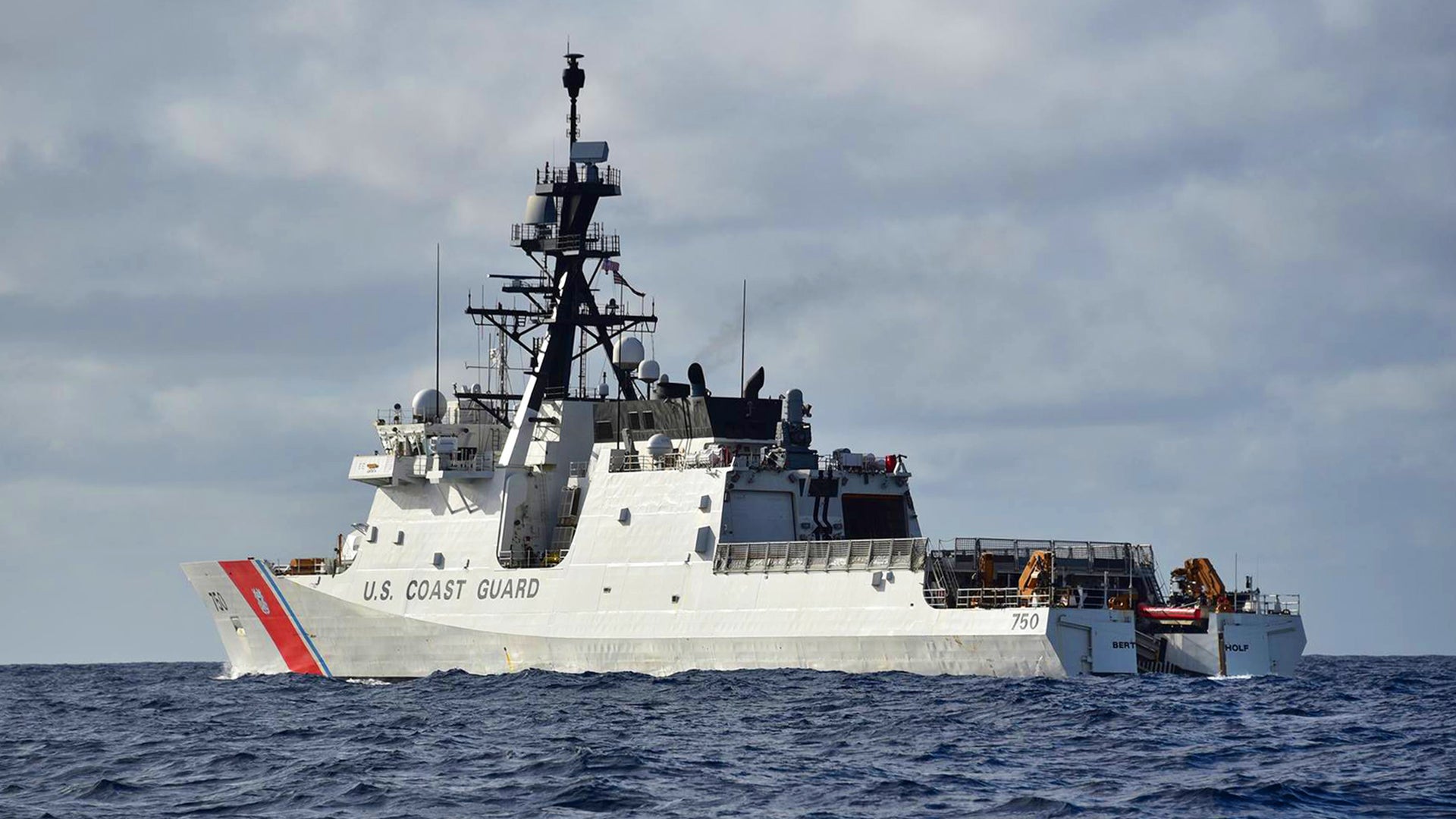U.S. naval assets have once again traversed the Taiwan Strait. This time it was the Arleigh Burke class destroyer USS
Curtis Wilbur and the first in her class USCGC
Bertholf, a Legend class National Security Cutter. A similar transit occurred a month ago and drew the ire of Beijing. The Taiwan Strait is very heavily militarized and highly monitored on both sides of the channel. At its tightest point, it is just roughly 80 miles wide. During a conflict, it would become a super-missile engagement zone the likes of which we have never seen.
The freedom of navigation drill comes as reports indicate the Trump Administration is prepared to do what Beijing has long said is a geopolitical “red line”—sell advanced new-build F-16s to Taiwan. You can read all about purported F-16 deal and the issues surrounding it in this recent article of ours.
Relations between the U.S. and China are far from bright at this time. The U.S. is currently in a protracted trade dispute with China. Direct negotiations have been ongoing for months, but key issues remain unresolved. This is in addition to China’s extraterritorial expansionism in the South China Sea and other rising territorial disputes with its neighbors. Yet above all else, the country’s quickly expanding and advancing military might has drawn the most concern from the Pentagon.

The People’s Liberation Army Navy (PLAN), in particular, is ballooning in size and capability at an alarming rate. The U.S. Defense Intelligence Agency has recently concluded that much of the Chinese military build up is spurred by its intention to deter Taiwanese pro-independence movements and eventually take back sovereignty over the island.
The Taiwan Strait remains the tinderbox in the standoff between Beijing and Taipei. The upticks in U.S. transits through the strait followed Xi Jinping’s January 2nd remarks—a date that marked the 40th-anniversary cross-strait ceasefire. The speech could be characterized as a mix of olive branches and sticks, but it was received as quite ominous by many. In the speech, Chinese President Xi Jinping made it clear that unification of what China views as a rogue province is a top priority for the Chinese Government and that military options are on the table if more peaceful means don’t work. Xi Jinping also focused some of his most bellicose rhetoric toward external military powers that support Taiwan’s ongoing independence—namely the United States.

With all this in mind, the Taiwan Strait appears to be heating up both geopolitically and militarily and it could very well reach a boiling point with all tensions among the three parties. China has become far more assertive towards the U.S. when it comes to using its naval power to confront American naval vessels in its claimed territorial waters. A very close encounter between U.S. and Chinese destroyers in the South China Sea recently is probably the best example of this. You can read about that incident here. An event like that happening in the Taiwan Strait could have far more explosive repercussions.
As to why a U.S. Coast Guard ship was even in the region for such a mission, most people don’t realize that the Coast Guard deploys around the globe regularly and often times into some pretty rough neighborhoods. Before moving south, through the Taiwan Strait, Bertholf was working in an interdiction role off the coast of the Korean Peninsula in an effort to enforce the bevy of sanctions placed on North Korea for their nuclear and missile programs.

The Legend class is the Coast Guard’s most capable class of ships and feature SEWIP electronic warfare and Phalanx defenses, in addition to a Mk110 57mm deck gun, as well as smaller guns. Expendable decoys also are on hand to help in evading an anti-ship missile attack. The ships also feature a hangar bay for two embarked MH-65 Dolphin helicopters and a rear ramp for launching and recovering small boats that are often used for boarding, search, and seizure operations. Bertholf also packs a highly-trained and well-equipped Maritime Security Response Team (MSRT).

These elite units are basically the Coast Guard’s special operations teams that specialize in counter-terror operations in the maritime environment. They are truly one of the cutter’s most potent weapons when embarked.

By traveling with an Aegis combat system-equipped destroyer through the tense body of water, the cutter can operate under the destroyer’s protective anti-air, anti-surface, and anti-submarine umbrella.
Still, the use of the cutter for this mission is somewhat unique. Overseas USCG operations are more about sea control, interdiction, and working with local allies in law enforcement roles than straight-up power projection. With this latest maneuver in mind, it will be interesting to see if the U.S. Coast Guard starts executing more high-profile freedom of navigation operations in the future.
As for the shaky relationship between the U.S., China, and Taiwan, it appears that the Trump Administration has decided to turn up the heat in Beijing by sending it clear reminders that the U.S. won’t be told what to do, where to do, or with who in the region.
Contact the author: Tyler@thedrive.com
